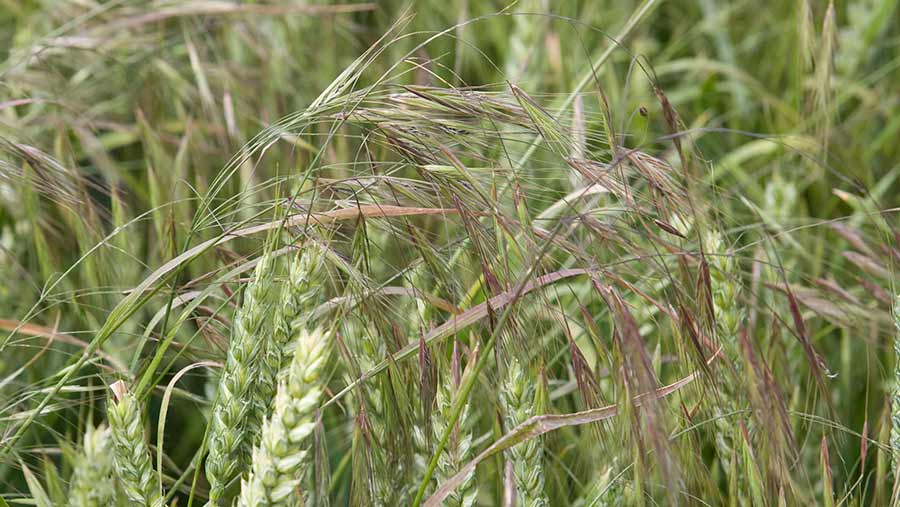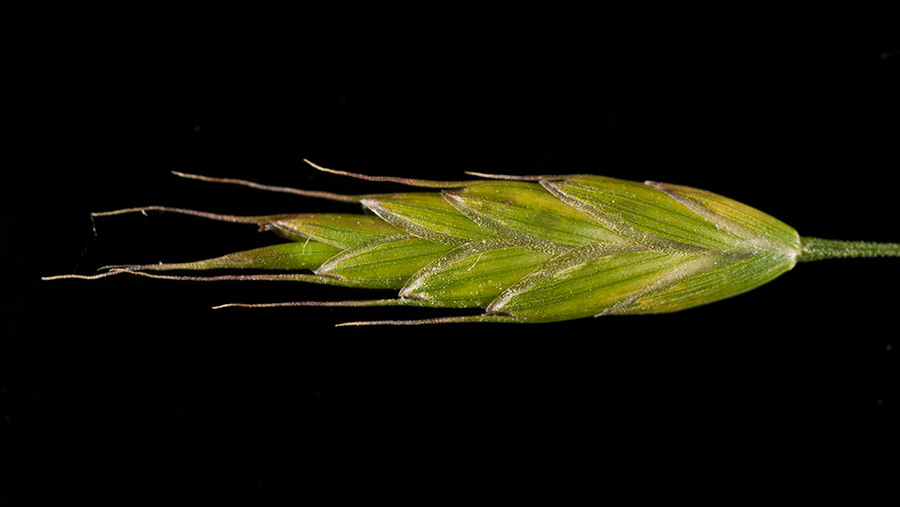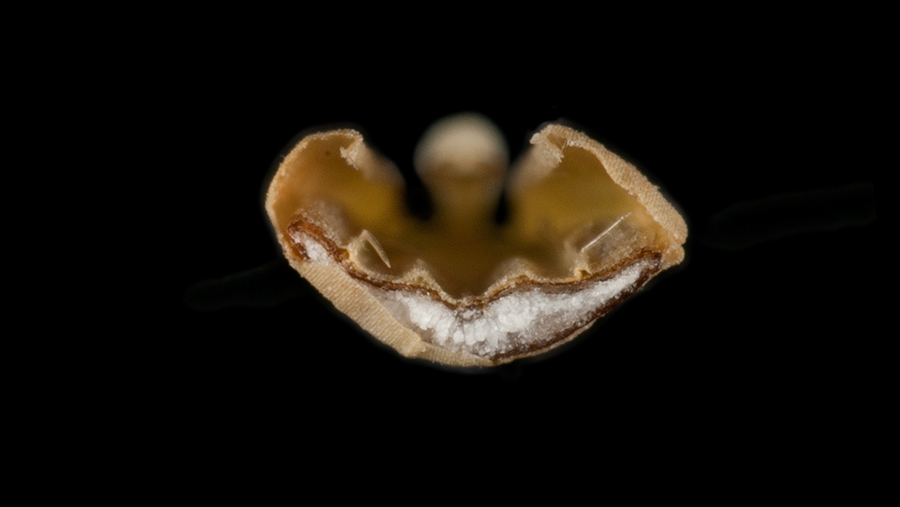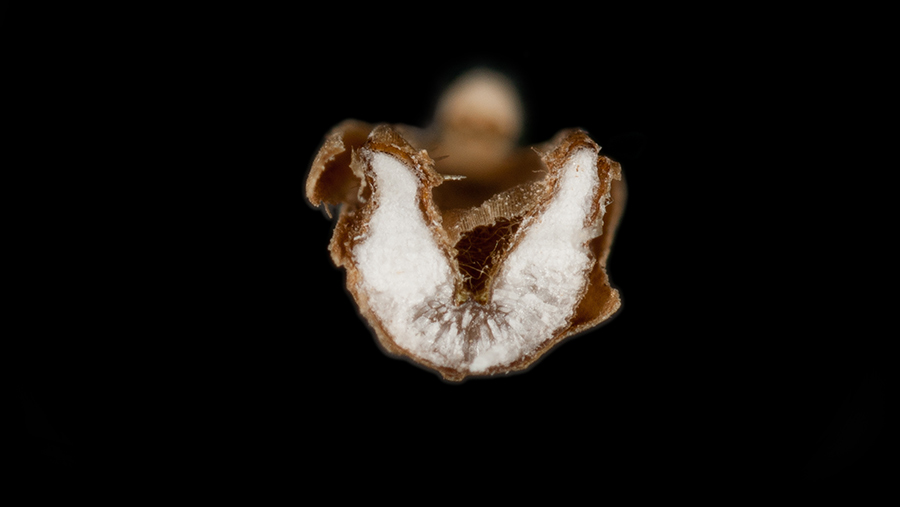How to identify different brome species
 © Tim Scrivener
© Tim Scrivener Late July is the ideal time for identifying the different species of bromes, and getting this right is critical in selecting the right approach to tackle this costly weed.
While blackgrass has been grabbing the headlines in recent weeks, growers are also reporting more brome infestations. This is especially the case this season, which has seen variable success in grassweed control.
Like blackgrass, severe brome infestations can hit yields, and just five plants/sq m will reduce yields by 5%.
There are five species of brome that occur as weeds in arable crops in the UK – sterile, great, soft, meadow and rye brome.
Importance of identification
Identification of the different species can be challenging, with misidentification all too common, warns independent grassweed expert Stephen Moss.
“I am fairly sure that rye brome and possibly great brome are much more common than was previously thought.”
So why does identification of species matter? Different post-harvest control measures apply to sterile and great brome compared with the other species.
See also: Rescue your profit margins by clamping down on brome
For example, early post-harvest cultivations (stale seed-beds) are advised for great and sterile bromes, but for the other three, it could make the situation worse.
In addition, herbicide label claims vary between products and there are differences in sensitivity.
“There is evidence that some of the similar-looking species are harder to control with herbicides than others,” he says.
“However, the problem of correct species identification means that detailed information is lacking and confused.”
Dr Moss, who is also a consultant with the Croprotect knowledge transfer initiative at Rothamsted Research, has put together some key pointers.
The first place to start is spikelet shape to split the five different species into two groups. Then follow the steps within each group and this will identify what species is in your crop.

Sterile and great brome have wedge-shaped spikelets

Soft, meadow and rye brome have more oval-shaped spikelets
To distinguish between sterile and great brome
The key difference is that great brome has longer spikelets and a hairier main panicle stem than sterile brome.
Sterile v great brome |
||
| Sterile brome | Great brome | |
| Spikelet length (including awns) | 40-60mm long | 70-90mm long |
| Main stem of panicle | Virtually hairless | Distinctly hairy (visible with naked eye) |
To distinguish between soft, meadow and rye brome
While examining the spikelet and panicle will help identify soft brome (see table below), mature seed shape is key in differentiating between meadow and rye bromes.
Dr Moss says that dry seeds are by far the most reliable test for distinguishing rye brome from soft and meadow brome.
“Seeds must be at the point of shedding, and brown and dry. This is typically at the end of July in winter wheat crops in England.”
“It won’t work on green seeds or on brown seeds, which have not fully dried out.”
Seeds are best collected by gently shaking panicles into a bag so that only mature seeds are collected. If necessary, let seeds dry out for a few days before assessing, he says.
Then cut seeds in half crosswise with a sharp blade. “Cutting mature seeds in half is easier than it sounds,” he says.

Soft and meadow bromes have saucer-shaped seed

Rye brome has seed with a ‘V’- or ‘U’-shaped cross-section
Soft v meadow v rye brome |
|||
| Soft brome | Meadow brome | Rye brome | |
| Spikelets | Distinctly hairy | Hairless | Hairless or hairy |
| Panicle | Fairly compact with mainly short branches | Looser with longer branches | Looser with longer branches |
| Seed shape | Saucer shaped | Saucer shaped | ‘V’ or ‘U’ shaped |
Want to know more?
For more information on integrated weed management approaches to controlling, visit the Croprotect website or use the app.
An identification guide is also available at the Rothamsted website.
Farmplan software

GateKeeper crop management software is designed to help growers with precision farming, data management, record keeping and traceability. Find out more.

